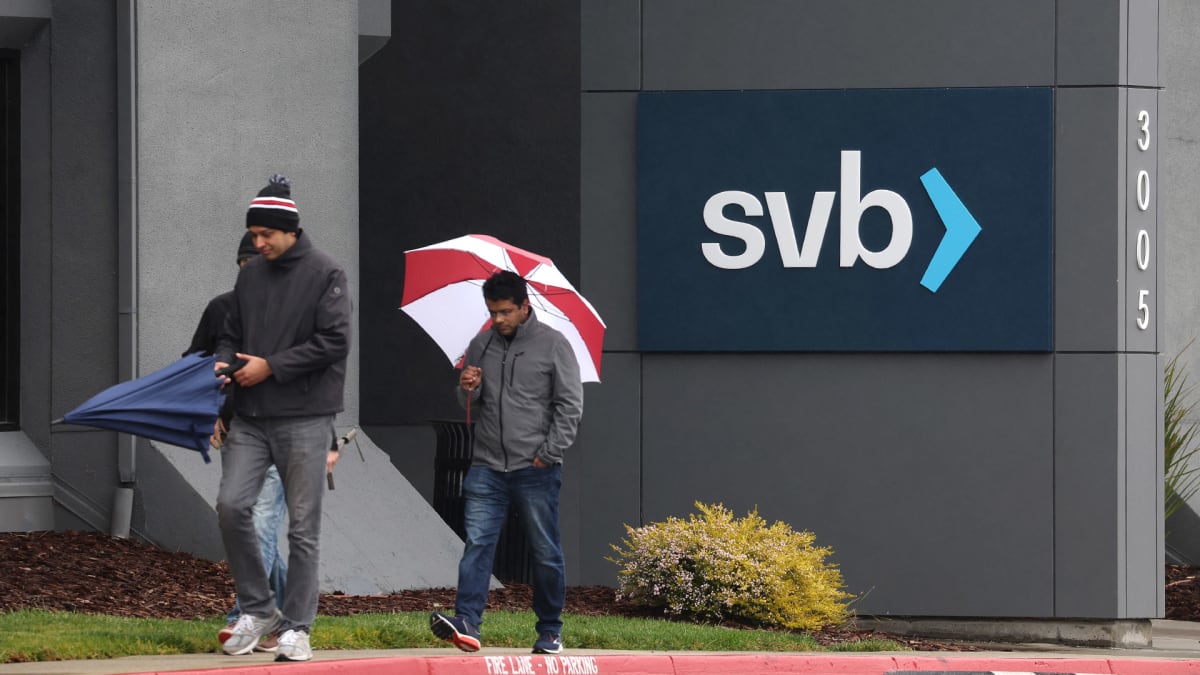
Bank regulators have decided make depositors at SVB and Signature banks whole, even above the $250,000 FDIC insurance limit.
The Federal Reserve has essentially done the same thing for all banks. That’s through its Bank Term Funding Program, which will offer banks one-year loans under easier terms than the central bank typically provides. The loans can help banks accommodate depositor withdrawals.
So the question arises: Did the regulators do the right thing?
We’ll never know for sure because we won’t get a chance to see how alternative solutions would pan out. When the Fed and Treasury let Lehman Brothers go belly-up in 2008, I thought they did the wrong thing. But obviously it’s impossible to determine.
As for the current case, on the one hand, you want to do whatever you can to prevent a banking crisis. It’s difficult to know how far bank failures would have spread beyond SVB and Signature without the depositor bailout.
A widespread run on bank deposits would be a possibility. So it’s worth going to some length to guarantee that that doesn’t happen.
Moral Hazard Is at Issue
But moral hazard, as economists call it, comes into play here.
Moral hazard is the idea that an economic actor lacks incentive to limit its risk when it doesn’t have to worry about facing negative consequences.
SVB should have addressed the mismatch in its assets and liabilities. As its deposits built up, It used them to buy long-term mortgage bonds and Treasury bonds. It bought the bonds when interest rates were low.
When the Fed raised rates sharply, the bonds lost value, and when the bank's customers sought to withdraw their deposits, SVB had to sell those at a loss to cover the requests.
The bank should have hedged its bond portfolio to account for the possibility that interest rates would rise. And it probably should have bought more bonds with shorter maturities, which could have meant smaller losses on its bond portfolio.
The Fed’s loan program might make bank executives feel as if they don’t have to worry about the issues that befell SVB and other issues too.
Depositors, Regulators Also Must Share the Blame
Depositors also have to take some blame.
They could have spread their cash among multiple banks. At some banks they could have utilized sweep accounts to put excess cash (in this case holdings above $250,000) into Treasury money-market accounts. After the government/Fed bailout, depositors may feel less of a need to act diligently with their money.
Bank regulators also must take some of the blame for SVB’s failure. The mismatch of the bank's assets and liabilities was plainly evident in its financial statements. So was the loss in value of its bond holdings. With any luck the relief program won’t make regulators feel as if they don’t have to improve their performance.
So good arguments can be made on both sides about whether depositors should be bailed out. If they are, the government should try to claw back some compensation from bank executives. Incompetence shouldn’t pay.







